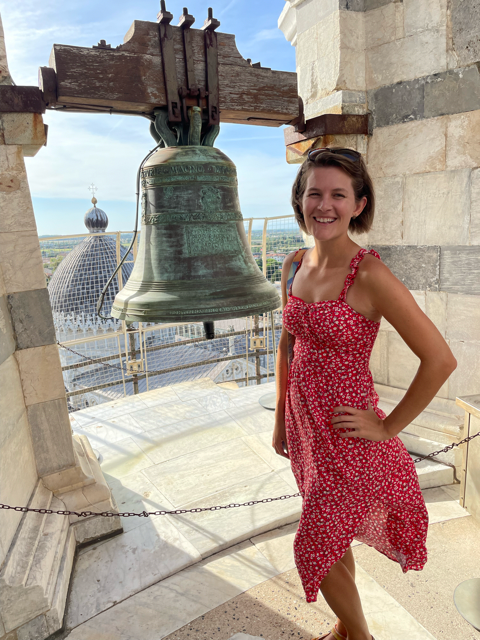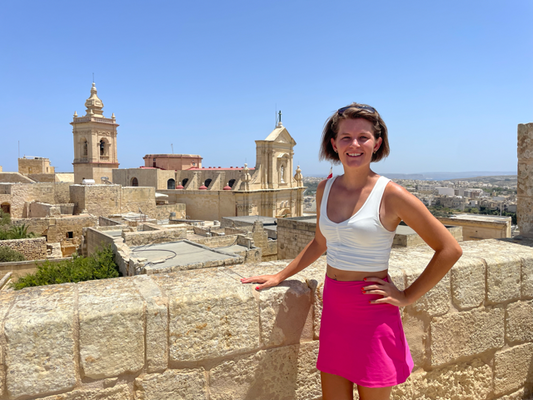The History of the Inca Empire: Exploring Cusco’s Ancient Roots
Share
Perched high in the Andes Mountains, Cusco was once the beating heart of the mighty Inca Empire — a civilization so advanced that its influence can still be felt in Peru’s landscapes, culture, and traditions today. Known as “the navel of the world” (or Qosqo in Quechua), Cusco wasn’t just a capital city — it was the spiritual and political center of one of the most powerful empires in pre-Columbian America.
For me, learning about the Inca Empire while exploring Cusco added so much depth to the experience. Walking through the cobblestone streets and seeing the perfect stonework foundations beneath colonial buildings, I couldn’t help but imagine the thriving civilization that once stood here — and how their brilliance continues to shape Peru today.
The Rise of the Inca Empire
The story of the Inca Empire begins in the highlands of Peru around the early 1200s. Legend tells of Manco Cápac, the first Inca ruler, who founded Cusco under the guidance of the Sun God, Inti. From those humble beginnings, the Inca expanded their territory across modern-day Peru, Bolivia, Ecuador, Chile, and Argentina — creating the largest empire in the Americas.
Under Pachacuti Inca Yupanqui, the ninth ruler, the empire reached its peak. He transformed Cusco into a grand capital filled with temples, palaces, and precise stonework that still amazes visitors today. Pachacuti also initiated the construction of Machu Picchu — the royal estate that would later capture the world’s imagination.
The Inca were master planners. Their empire was connected by an incredible network of roads — some of which are still in use today — that stretched more than 25,000 miles across mountains and valleys.
Life in the Inca Empire
The Inca Empire was a masterpiece of organization, innovation, and respect for nature.
They were expert farmers, building agricultural terraces that transformed steep mountain slopes into fertile land. Even now, travelers can see these terraces around the Sacred Valley and in Machu Picchu — a living testament to their ingenuity.
Religion was woven into every part of life. The Inca worshiped the Sun God (Inti) and believed the natural world was sacred. Many of their temples, like Qorikancha (the Temple of the Sun) in Cusco, were designed to align perfectly with the solstices — blending astronomy, spirituality, and architecture in breathtaking ways.
Their architecture remains one of their most impressive legacies. Inca engineers fit stones together so precisely that not even a blade of grass can fit between them — and these structures have survived earthquakes that toppled later colonial buildings.
Everywhere you look in Cusco, you can still see this blend of past and present — from Inca walls supporting modern homes to streets that follow ancient layouts. It’s a city that has literally been built upon history.
The Fall of the Empire
The Inca Empire’s rise was remarkable, but its fall came swiftly with the arrival of the Spanish in the 1500s. When Francisco Pizarro and his men reached Peru in 1532, they found an empire weakened by civil war and disease. The Spaniards captured Emperor Atahualpa, marking the beginning of the end for Incan rule.
Cusco fell to the Spanish in 1533, and while many temples were destroyed or repurposed, the Incan spirit never disappeared. The people preserved their traditions, language (Quechua), and beliefs — many of which remain deeply rooted in modern Peruvian culture.
Today, you can still feel the resilience of the Inca people in every festival, dance, and mountain offering made by local communities.
Exploring Cusco’s Ancient Roots Today
Visiting Cusco isn’t just about seeing ancient ruins — it’s about walking through the living heart of the Inca world.
Some of the most fascinating sites include:
- Sacsayhuamán: A massive fortress overlooking Cusco with enormous stone walls that showcase Incan precision and strength.
- Qorikancha (Temple of the Sun): Once covered in gold, this was the empire’s most important temple. You can still see its incredible Inca stone base beneath the colonial church built above it.
- Tambomachay, Q’enqo, and Puka Pukara: Smaller ruins near Cusco that each reveal different aspects of Incan life — from ceremonial baths to guard posts.
- The Sacred Valley: An easy day trip from Cusco where you’ll find even more ruins, terraces, and villages that feel frozen in time.
Travel Tip: If you plan to visit multiple ruins, purchase the Boleto Turístico (Tourist Ticket), which grants access to many of these sites over several days.
When I visited these ancient places, I often found myself pausing just to take it all in — the mountain air, the intricate stonework, the sense that I was standing where history once unfolded. It’s an experience that stays with you long after you leave.
Cusco isn’t just a beautiful city; it’s a living museum of the Inca Empire’s brilliance and resilience. The more I learned about their achievements — their architecture, their connection to nature, their community values — the more inspired I felt.
Exploring Cusco’s ancient roots reminded me that travel isn’t just about seeing new places; it’s about connecting with the stories and people who shaped them.


